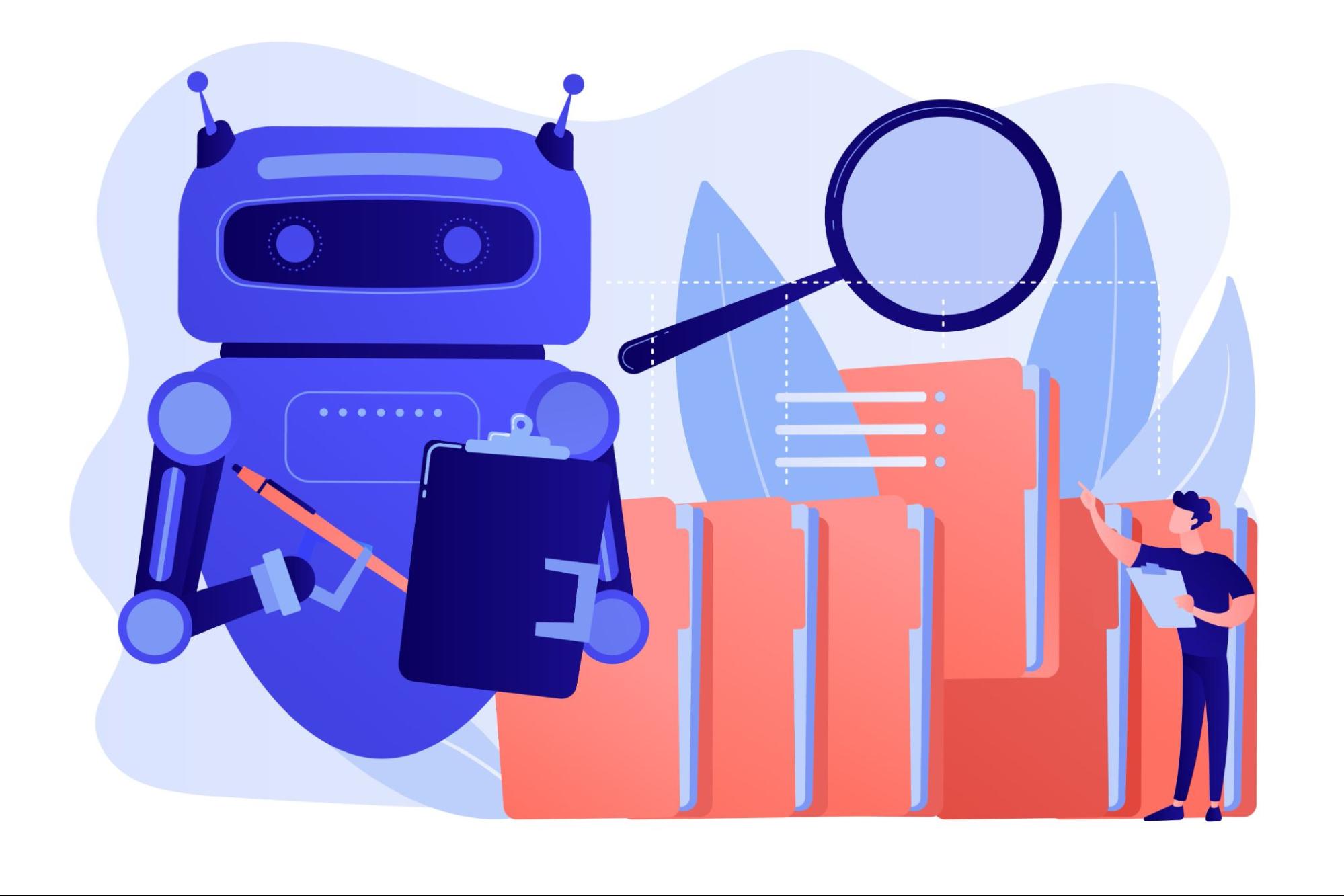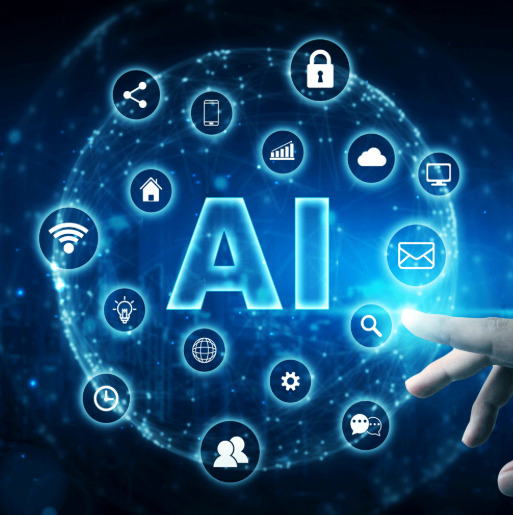The AI Design Revolution: Making Taxi, Food Delivery, and Healthcare Apps Smarter

Introduction:
Imagine hailing a ride after a long day of work, only to find it canceled due to miscommunication, or ordering a hot meal that arrives cold and unappealing. These moments of friction are more than minor inconveniences; they directly lead to diminished user retention, reduced revenue, and a loss of market share. In the fast-paced world of on-demand services, the user experience (UX) is the ultimate differentiator. For years, taxi and food delivery apps have relied on static interfaces like maps, buttons, and simple forms. While effective, these designs are reactive, waiting for the user to make a decision. The new frontier is no longer about simply getting from point A to B, or a meal from a restaurant to a home. It's about building an intelligent, predictive, and seamless journey for everyone involved.
This is where the power of AI design comes in. By integrating artificial intelligence into the core of app design, companies are transforming their platforms from simple transaction tools into intuitive, personalized, and smarter-than-ever companions. This shift to AI-driven interfaces isn’t just a technological upgrade; it’s a fundamental change in how we interact with technology, making our digital lives easier and more efficient.
In this comprehensive guide, we will explore the profound impact of AI on the UX of ride-hailing, food delivery, and healthcare apps. We will go beyond the basics to uncover the hidden mechanisms, strategic advantages, and future possibilities of this transformative technology.
From Static UI to Intelligent Interfaces: The Paradigm Shift

Meet Lisa, a tired commuter juggling life in a bustling city. Each day, after a demanding work schedule, she relies on her app to get home and order meals. However, traditional app design depends on users like Lisa to tell the app what to do, requiring her to manually enter her destination, select a food item, or fill out a form. This classic model is robust but limited, often leaving Lisa to bear the cognitive load of decision-making and data input, which leads to friction and a less-than-ideal experience.
Intelligent interfaces, powered by AI, flip this script. Instead of waiting for a command, the app learns from your behavior, predicts your needs, and proactively offers solutions. This means the app is not just a tool; it becomes a personal assistant. This fundamental shift is made possible by sophisticated machine learning models that analyze vast amounts of data—from your past orders and routes to the time of day, your location, and even local events.
The key difference lies in the app's ability to create a truly personalized and dynamic user journey. It anticipates your next move, streamlining the experience and making it feel effortless. The best AI-driven interfaces are the ones you don’t even notice because they just work.
AI's Role in a Personalized User Journey

One of the most powerful applications of AI design is the creation of a personalized user experience. In a world of infinite choices, helping users make the right decision quickly is paramount. AI achieves this through several key features that move beyond generic recommendations.
Hyper-Personalized AI Recommendations
Imagine opening your AI food delivery app after a long day and seeing your favorite pasta dish from a nearby restaurant already highlighted. This isn’t a coincidence; it's a result of hyper-personalized AI recommendations.
- Behavioral Analysis: AI models analyze your past orders, search history, and time-of-day habits to build a comprehensive profile of your preferences.
- Contextual Cues: The system can factor in external data, such as local weather, current promotions, or even what’s trending in your neighborhood.
- Collaborative Filtering: By analyzing what similar users have ordered, the app can introduce you to new dishes or restaurants you're likely to enjoy.
For AI taxi booking app users, this translates to remembering your most frequent destinations and suggesting them with a single tap. This level of personalized service reduces friction, increases user satisfaction, and boosts conversion rates. A user who feels an app "knows" them is far more likely to return. This is a core component of optimizing app UX with AI.
Predictive AI and Dynamic Personalization

Beyond simple recommendations, predictive AI in apps takes personalization a step further. The system doesn't just suggest; it anticipates your needs.
- Predicting Destinations: AI can predict your destination based on your location and the time of day. For example, if it's 5 PM on a weekday and you're at the office, the app can pre-populate your home address as the likely destination, saving you the hassle of typing.
- Anticipating Needs: During a busy holiday season, an AI-powered ride hailing app might predict high demand for cars or a longer delivery time and offer proactive solutions like pre-ordering or a slightly different service option to manage expectations.
- Smart Prompts: AI can proactively prompt users to add a tip, reorder a favorite meal, or share a ride with a friend, making the experience more intuitive and engaging. While these proactive features enhance user interaction, they are designed with privacy and ethical safeguards in mind. By using anonymized and aggregated data, the system ensures that user information is protected and biases are minimized. To further safeguard privacy and ethics, companies can implement standard compliance measures such as GDPR compliance by regularly updating privacy policies, conducting regular audits to assess data handling practices, and ensuring transparency in AI processes. This commitment to responsible innovation reassures stakeholders about the ethical implementation of AI technologies.
This level of anticipatory design makes the app feel incredibly smart and efficient, solidifying its place as an indispensable part of a user's daily life.
Optimizing Operations with AI Design

AI's impact isn't limited to the front-end user experience. Behind the scenes, it’s a powerful engine driving efficiency, profitability, and scalability. This is particularly crucial for businesses that rely on complex logistics.
AI-Driven Dynamic Pricing and Fleet Management
Manual pricing is a thing of the past. AI-driven dynamic pricing in taxi and food delivery apps uses real-time data to adjust prices based on supply, demand, time, and even weather conditions. By tying dynamic pricing to the market-adoption curve, apps can efficiently cross the chasm from early adopters to early pragmatists. This approach ensures the reliability and fairness that pragmatists demand, addressing their need for predictable and fair pricing. Thus, real-time pricing becomes a strategic tool that not only optimizes revenue but also accelerates market adoption by satisfying customers who value transparency and consistency.
- Supply & Demand Balancing: When demand is high in a specific area, AI can incentivize more drivers or couriers to move there, ensuring ride and delivery availability.
- Optimizing Revenue: By intelligently adjusting prices, apps can maximize revenue during peak hours while offering competitive rates during off-peak times to stimulate demand.
- Predicting Demand: AI models can predict future demand based on historical data and upcoming events, allowing the company to proactively position its fleet for optimal performance.
AI for Driver and Courier Optimization
The efficiency of drivers and couriers is directly tied to a company's success. AI can significantly improve their productivity and satisfaction.
- Route Optimization: AI route optimization for taxis and delivery services is crucial. AI algorithms calculate the most efficient routes, considering real-time traffic, road closures, and multiple drop-off points. For food delivery, this can involve batching orders from the same restaurant or in the same neighborhood to reduce travel time and costs.
- Matching and Dispatch: AI systems can instantly match a ride request or food order with the best-suited driver or courier, factoring in proximity, vehicle type, and historical performance data.
- Real-time Assistance: An AI assistant can guide drivers through complex situations, such as finding a specific building entrance or communicating with a customer in a different language, leading to smoother operations and faster service.
This intelligent orchestration reduces fuel costs, increases the number of trips or deliveries per hour, and improves the overall quality of service.
The AI Revolution in Healthcare Apps

The AI design revolution isn't confined to on-demand services; it's also transforming the healthcare industry. While ride-hailing and food delivery focus on convenience and logistics, AI healthcare app development is about improving patient outcomes, streamlining clinical workflows, and personalizing the patient journey.
From Transactional to Proactive Patient Care
Traditional healthcare apps often function as digital portals for static information—a place to view lab results, book an appointment, or fill out a form. These apps are transactional and reactive, putting the onus on the patient to navigate their own care. AI-powered medical appointment app and other AI healthcare app development solutions, however, are shifting this paradigm to a proactive, predictive model.
- Intelligent Patient Triage: Instead of a static symptom checker, an AI-powered app can use Natural Language Processing (NLP) to converse with a user about their symptoms, analyze their medical history, and intelligently guide them to the most appropriate level of care, whether it's self-care advice, a virtual consultation, or an urgent care visit.
- Hyper-Personalized Wellness Plans: AI can analyze data from wearables, patient-reported symptoms, and electronic health records to create dynamic, personalized wellness plans. The app can send smart reminders to take medication, suggest lifestyle adjustments based on real-time data, and monitor chronic conditions. For example, a diabetes management app could predict a low blood sugar event and alert the user with proactive steps to prevent it.
Optimizing Clinical Operations with AI Design

Just as AI optimizes logistics for delivery drivers, it also works behind the scenes to enhance clinical operations.
- Administrative Automation: AI can automate routine administrative tasks such as appointment scheduling, medical coding, and billing. This frees up healthcare professionals from paperwork, allowing them to focus on direct patient care.
- Predictive Diagnostics and Care Coordination: AI models can analyze medical images, like X-rays or MRIs, with remarkable speed and accuracy, helping clinicians with early detection of diseases. Additionally, AI-powered systems can coordinate care by ensuring the right information is available to the right medical staff at the right time, improving the efficiency of hospital workflows and reducing errors.
This integration of AI design into healthcare apps is not just a technological upgrade—it's a move toward a more efficient, patient-centered, and proactive healthcare system that improves access to care and leads to better health outcomes for everyone.
The Technical Underpinnings: How It Works

Building an intelligent app is akin to crafting a new nerve center for your operations. Imagine the AI as the brain, orchestrating every function, while data flows like the bloodstream, nourishing the system with information. The AI design process forms a cycle that continuously learns and evolves, ensuring that the app adapts and improves over time.
- Data Collection and Ingestion: The first step is to collect vast amounts of user data, including location, search history, order details, and behavioral patterns. This data is the lifeblood of the AI system.
- Machine Learning Models: This raw data is fed into a variety of machine learning models. These models are trained to recognize patterns and make predictions. For example, a recommendation engine might use collaborative filtering and a deep learning model to suggest restaurants, a key feature of a custom food ordering app.
- Real-time Processing: The system must be able to process this data in real time to provide dynamic recommendations and operational insights. This requires a robust, scalable backend infrastructure.
- Integration with Core Systems: The AI component is seamlessly integrated with the app’s core systems, including the dispatch engine, payment gateway, and customer support platform. This ensures that the intelligence is applied throughout the entire user journey, from request to completion.
- Continuous Learning: The most advanced AI systems are designed for continuous learning. As more data comes in from user interactions, the models are automatically retrained and refined, ensuring that the app gets smarter over time.
The Competitive Advantage of AI Design

Adopting a strategy that prioritizes AI design for taxi, food delivery, and healthcare apps is not just an option—it’s a necessity for survival and growth. The apps that succeed in the future will be the ones that understand and anticipate their users' needs better than the competition. A company that partners with a reputable taxi app development company or food delivery app developers USA and integrates AI is positioned for success.
Enhanced User Retention and Loyalty
A personalized, seamless, and proactive user experience builds deep loyalty. When a user finds an app that consistently saves them time and effort, they are far less likely to switch to a competitor. A high degree of personalization makes users feel like the app was built just for them, strengthening their emotional connection to the brand.
A Clear Path to Market Leadership
Companies that leverage AI for operational efficiency gain a significant competitive edge. By reducing costs and improving service speed, they can offer more competitive pricing or higher quality service, capturing a larger share of the market. The investment in AI-driven interfaces has a clear and measurable ROI through increased user engagement, higher transaction volumes, and reduced operational overhead. This is the ultimate goal of AI-driven user journey optimization.
Building Your Smarter App: A Strategic Approach
Developing an AI-powered app requires a well-defined strategy. It's not about adding a single feature; it's about embedding intelligence into the very fabric of the application. However, this process is not without its challenges. Common pitfalls include data silos, where data is isolated in different departments or systems, hindering the flow of information necessary for AI processing. To overcome this, implementing integrated data management strategies is crucial. Change management is another significant hurdle, as aligning teams with new processes and technologies can be demanding. Establishing a clear change management plan and ensuring stakeholder buy-in can facilitate smoother implementation. The process typically involves these steps:
- Data Strategy: Before you build, you must plan your data strategy. What data will you collect? How will you store it? And how will you ensure it's clean and usable for your models?
- Proof of Concept: Start with a pilot project focused on a single, high-impact feature, such as a predictive destination feature for an on-demand taxi app development project or a personalized recommendation engine for a new food delivery app development initiative.
- Iterative Development: AI design is an iterative process. Launch, gather user feedback and data, and then refine your models and features.
- A/B Testing: A/B test different AI models and user interface elements to determine what provides the best results for your specific audience.
- Continuous Optimization: The journey never truly ends. Your AI models should be continuously learning and adapting to stay ahead of market trends and user behavior.
Conclusion:
The transformation of taxi, food delivery, and healthcare apps is well underway, and AI design is the driving force behind it. By moving beyond static, reactive interfaces to dynamic, intelligent ones, these apps are not just improving a service—they are creating a new standard for user experience. From personalized recommendations to predictive logistics and operational efficiency, AI is reshaping the entire on-demand and healthcare ecosystems. The brands that embrace this shift will not only meet customer expectations but will exceed them, building a more resilient, profitable, and future-ready business.
Next Step: Your AI-Powered Future Starts Now
Ready to transform your app and gain a competitive edge? Contact us today for a consultation. During our consultation, you can expect to receive a tailored roadmap that outlines the steps to integrate AI into your app seamlessly. We also provide an opportunity assessment to identify key areas for improvement and potential growth. Our goal is to support you in designing and building a smarter, more efficient, and more intelligent app powered by cutting-edge AI.
